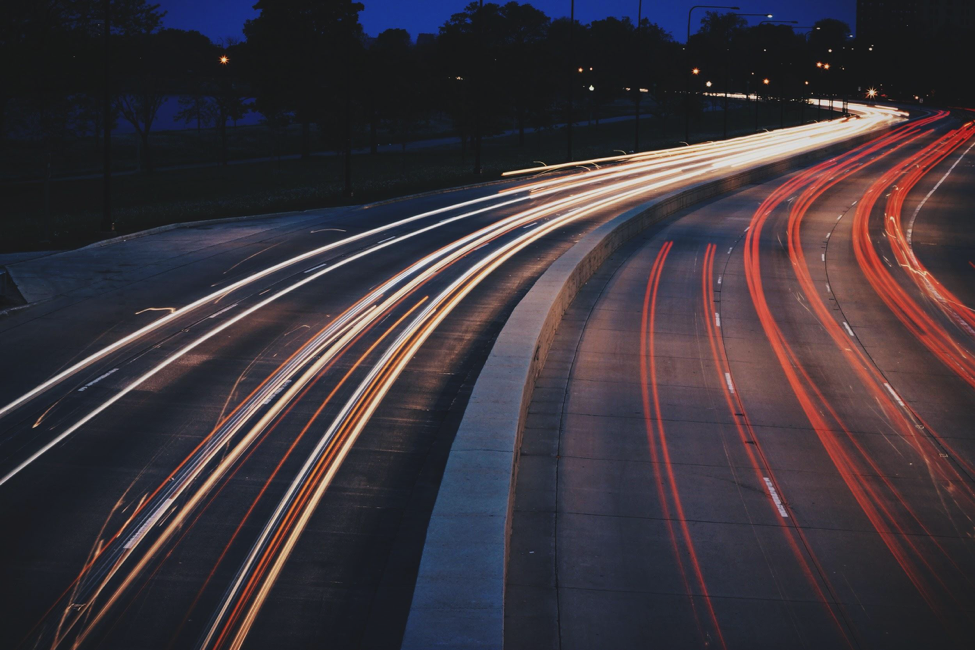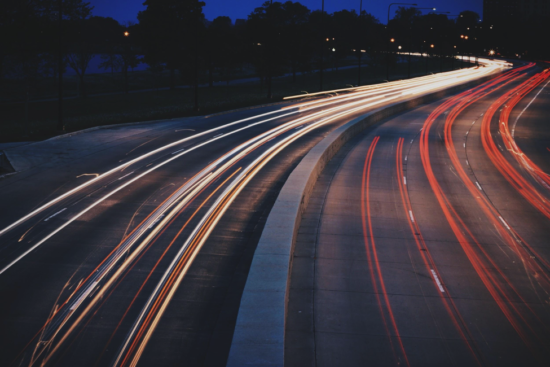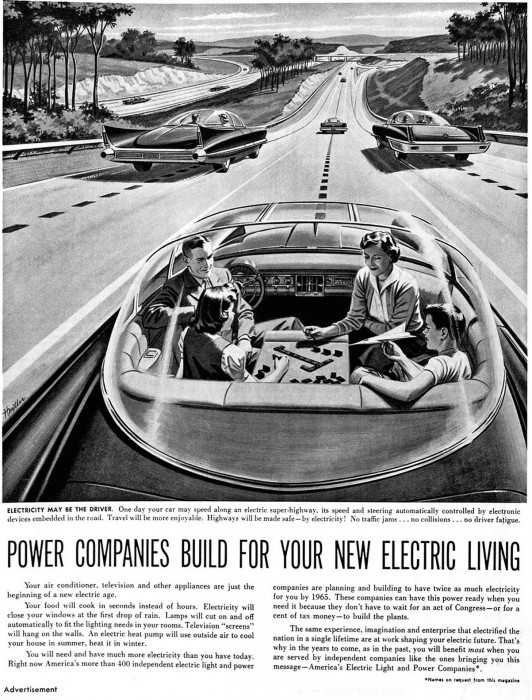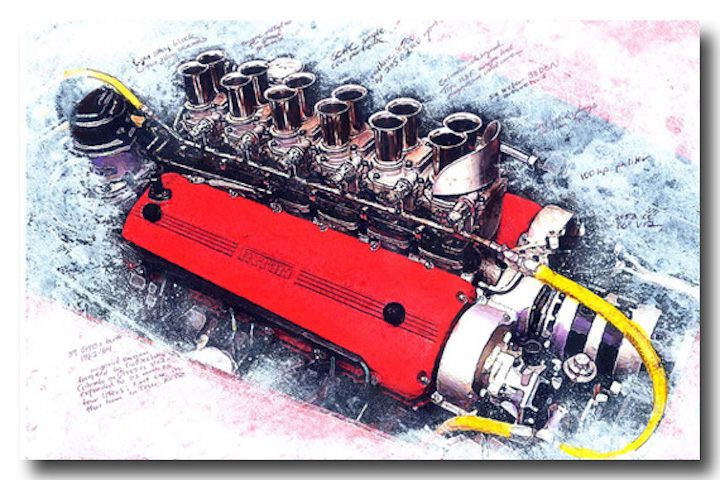by Rilind Elezaj –
First came the train, then the public transport vehicles, and now the personal cars…all these are on the brink of being substituted with the more efficient and sophisticated autonomous cars.
Tech futurists predict that all the major cities across the world will have adapted this new technology within the next two decades, thus begging the question: how will the adoption of driverless cars change our cities’ general landscape? Here are the nine most probable changes that will precipitate from the adoption of driverless cars in our cities.
The Growth of Nature-Friendly Cities
Let’s face it our cities as currently structured have neglected nature in favor of developing vehicle-friendly infrastructures, parking spaces, bus terminus etc. Driverless cars will mean less space for everyone’s car, eliminate the need for parking areas, and free big spaces for nature-friendly developments in our cities. City planners can, for example, use the vacant spaces to grow trees. This is also one of the surest ways of beautifying the cities and improving the mental health of city dwellers.
Redesigning of City Buildings
With the elimination of bus terminals and parking spaces in the city center, passengers will now have to board and alight the driverless cars at the front doors of their homes or offices. The spiral effect of this is that real estate developers, both commercial and residential, will have to rethink their building policies in order to include passengers’ pickup and drop-off spaces in their buildings. Buildings with limited accessibility will have to restructure in order to create space for the driverless cars, failure to which they will become unattractive to tenants.
More Lenient Traffic Laws
Driverless cars use artificial intelligence to read GPS and pre-built maps to ferry people from one point to the other, unlike human drivers who need signposts and road signs to stay safe on the road. That’s why human drivers cannot operate smoothly without stringent traffic laws to keep them in check.
With driverless cars, multiple cars will be able to efficiently move alongside each other without collisions and other unnecessary traffic safety concerns. Major intersections within the cities will be freed from traffic lights and excess signage. Jaywalking offenses will disappear into thin air. City administrators will, therefore, have to go back to the drawing board and formulate new and a little more relaxed traffic laws.
More & Wider Walkways, More Social Amenities
In the same way that cities will become nature-friendly, decreased road sizes will mean increased free space which will then enable city planners to design more walkways for pedestrians and bikes. As a matter of fact, this space will be big enough for the development of social amenities such as public washrooms, coffee shops, bars, and community gathering halls. This will shift the focus of future city managers from thinking about how pedestrians and vehicles can co-exist to how best balance the conflicting interests of different city dwellers as far as their social amenities will be concerned.
Introduction of Call Centers for Cars
Even as intelligent as they could be, driverless cars cannot be fully independent from humans. In case they get stuck in traffic, maybe due to an unexpected obstacle like road renovations or collapsed buildings, they will need an instructor or programmer to remotely get them out of that mess. That’s where call centers will come in.
No More Gas Stations
The demand for gas within our cities will significantly reduce with the introduction of driverless cars, which will in turn lead to the closing of many gas and other fuel stations. This also means more spaces for wider walkways and community spaces.
Reduced Cost Of Doing Business
Although they will lead to massive job losses in our cities, driverless cars will significantly reduce the cost of doing business in the cities. This will most likely attract many business-minded people to the city and at the same time drive many job seekers away from the city. It’s a double-edged sword so to speak.
Disruption of the Current Revenue-Collection Structure
Fines that arise from traffic-related offenses are among the leading revenue generators for most major cities across the world. Once the driverless cars render a majority of the prevailing traffic laws obsolete, there is a likelihood that city administrators will develop alternative revenue-generation strategies.
Big Investments in Cybersecurity
Because driverless cars are prone to malicious manipulation by hackers, city administrators as well as the early adaptors of this new technology will have to think of ways to safeguard the cars. That means more resources being redirected from other projects to hiring the most reputable cybersecurity infrastructure.
Let us know what you think in the Comments.
THE AUTHOR: Rilind Elezaj is an experienced Digital Marketing Specialist with a demonstrated history of working in the marketing and advertising industry. Rilind possesses a strong entrepreneurial mindset and has devoted his career to enhancing the sphere of digital marketing. In his methodological approach, Rilind integrates web development and other digital marketing solutions to create hybrid strategies that bring the best results.





Interesting ramifications coming, but I’d prefer and am betting on Maglev personal scooters instead.
Alex, here’s your maglev scooter — just a bit larger but it can hold two people plus stuff.
https://www.youtube.com/watch?v=28ct_2RHYkk
My enthusiasm, now tepid at best, will grow if you can give me the answer to this qurestion: Say a driverless car (stage 5, no steering wheel) with three people on board is following a dump truck carrying a dumpster hanging out back. Speed 45 mph.An old lady with a cane is on the sidewalk on the right, Four little grade schoolers are on the sidewalk on the left. The dumpster falls from the truck. The autonomous car hits the brakes but it can’t bring the car to a complete stop, still doing 20 mph. It has been programmed to protect its passengers at all costs. So does it go onto the left sidewalk and take out the kids or go onto the right sidewalk and take out granny? Both bad choices. I predict there will be a case like this going all the way to the Supreme Court and the outcome will affect the future of the autonomous car.